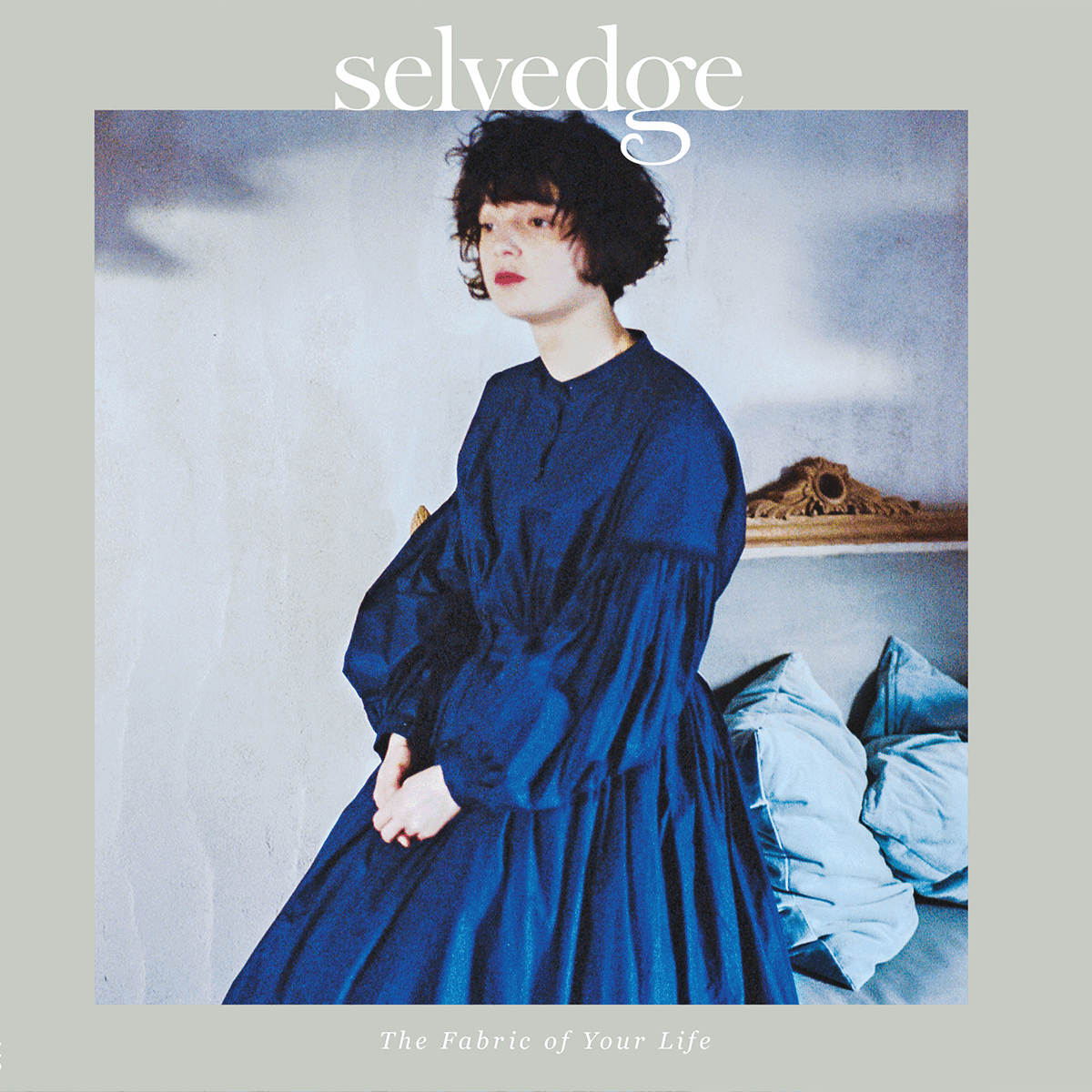Le magazine anglais Selvedge est une véritable source d’inspiration dans l’univers de l’artisanat et du textile.
Ce numéro s’ouvre exceptionnellement à la culture française, et j’ai eu le bonheur d’avoir pu recevoir dans mon atelier Deborah qui a su capturer l’essence de notre échange avec justesse.
Pour une version plus longue (et en français), cliquez ici.
SMALL TALK
@ selvedgemagazine
Deborah Eydmann in conversation with Myriam Balaÿ French multidisciplinary designer Myriam Balaÿ boasts a rich and impressive career, one which has taken her from set design to the world of haute couture via Chanel and Dior and to home textiles through Egg, Armani, and Agnès b. An accomplished photographer as well, she ventured into decorative accessories with Les Copirates before naturally returning to weaving and founding her successful handmade bracelet brand LOOM.
Balaÿ makes style look effortless. Immensely creative, she breathes, eats, and sleeps with colour, pattern, and texture. On her artisanal path, she has found balance and serenity, and it suits her well. Deborah Eydmann visited her in her beautiful workshop and home in Nîmes to talk about textile design, generosity, process, and how the quest for lightness led her to LOOM.
Deborah Eydmann: Myriam, tell us about your background.
Myriam Balaÿ: I studied at the Fine Arts School in St Etienne, France. It was so liberating after a fairly traditional Catholic education. At last, I could let my curiosity and imagination run free. I’ve always made, tinkered with, and transformed things. It started with my toys, then I moved onto my mother’s wardrobe, which I reinvented by cutting, sewing, recutting and rearranging my own accoutrements. I did a lot of unweaving before I began to weave. Once I was at St Etienne, being into materials, I naturally oriented towards Industrial Design. After graduating, I settled in Paris. Through meeting people, I managed to work in theatre, TV, and film, mainly as a decorator. I was in my element. You had to make do with nothing, be reactive, and be inventive. Most of my craftwork culture comes from this melting pot.
DE: Have you always loved textiles?
MB: I loved playing with clothes and creating disguises and décor in my teens. I think I recognised textiles’ transformative power straightaway. Later, I became particularly interested in Arte Povera
and the Supports/Surfaces movement. I found this same love of textiles in artists such as Anni Albers, Louise Bourgeois, and Annette Messager. They helped strengthen my idea that textiles could also be an art, an aesthetic, and an expression of a way of life.
